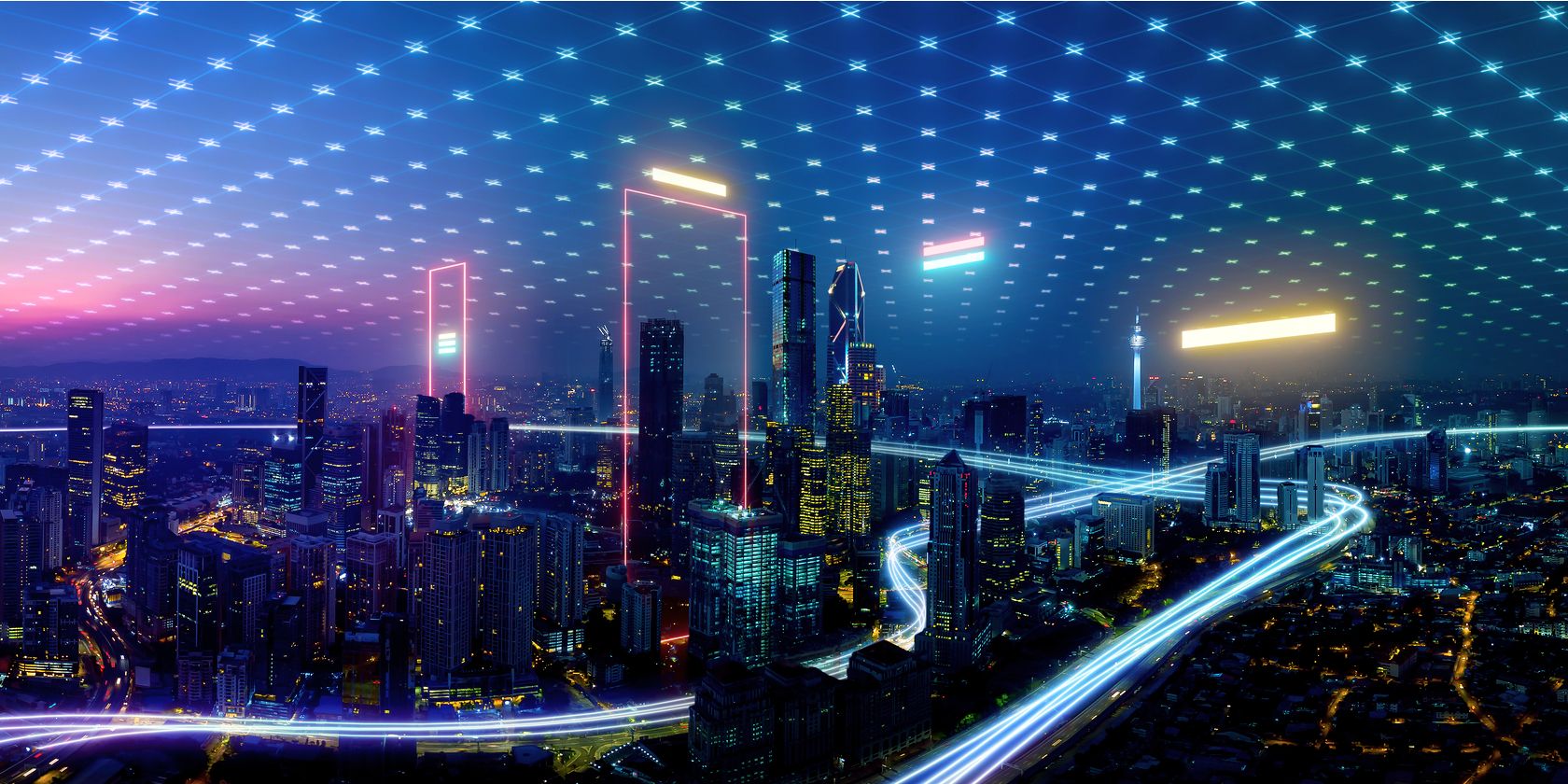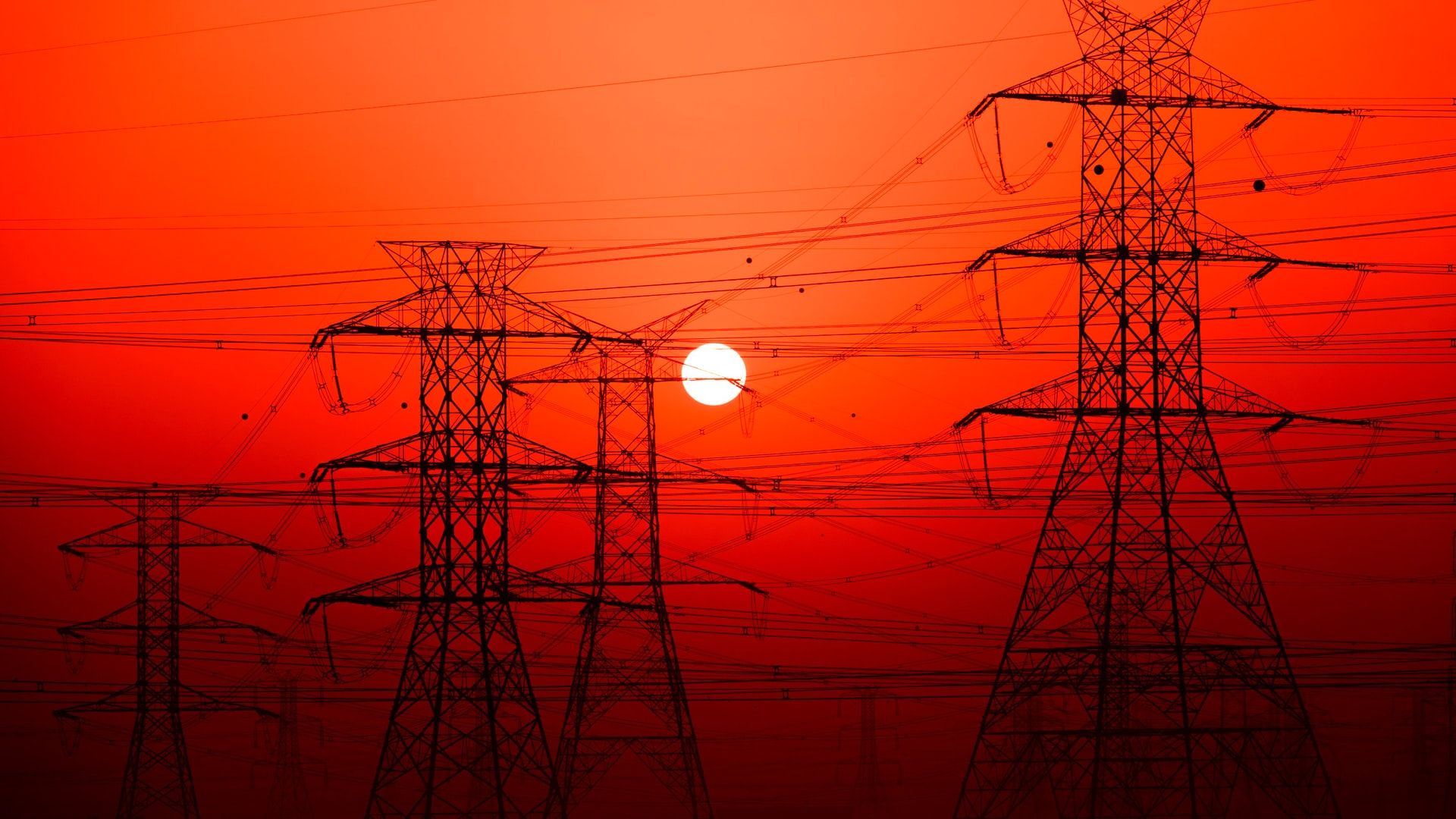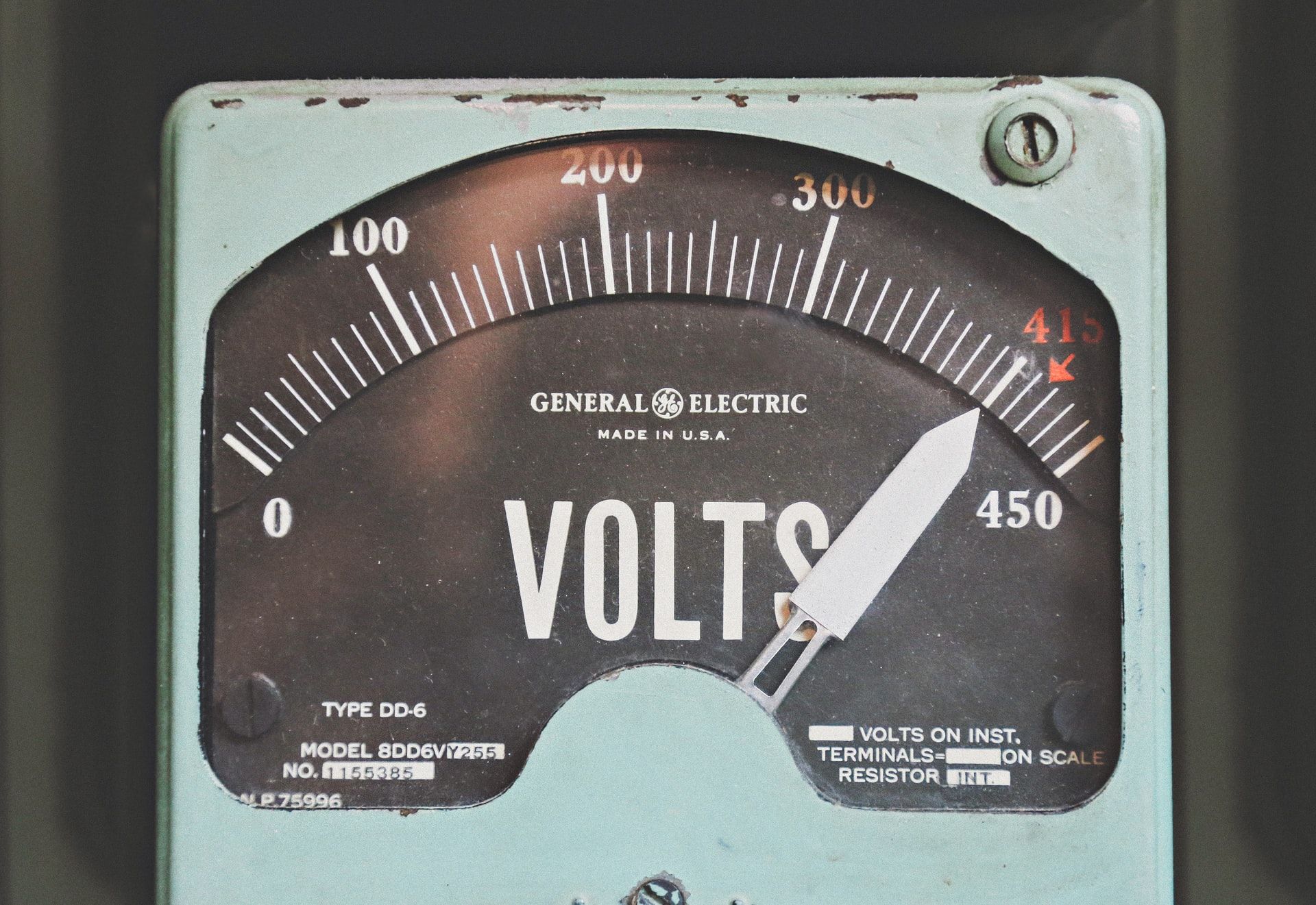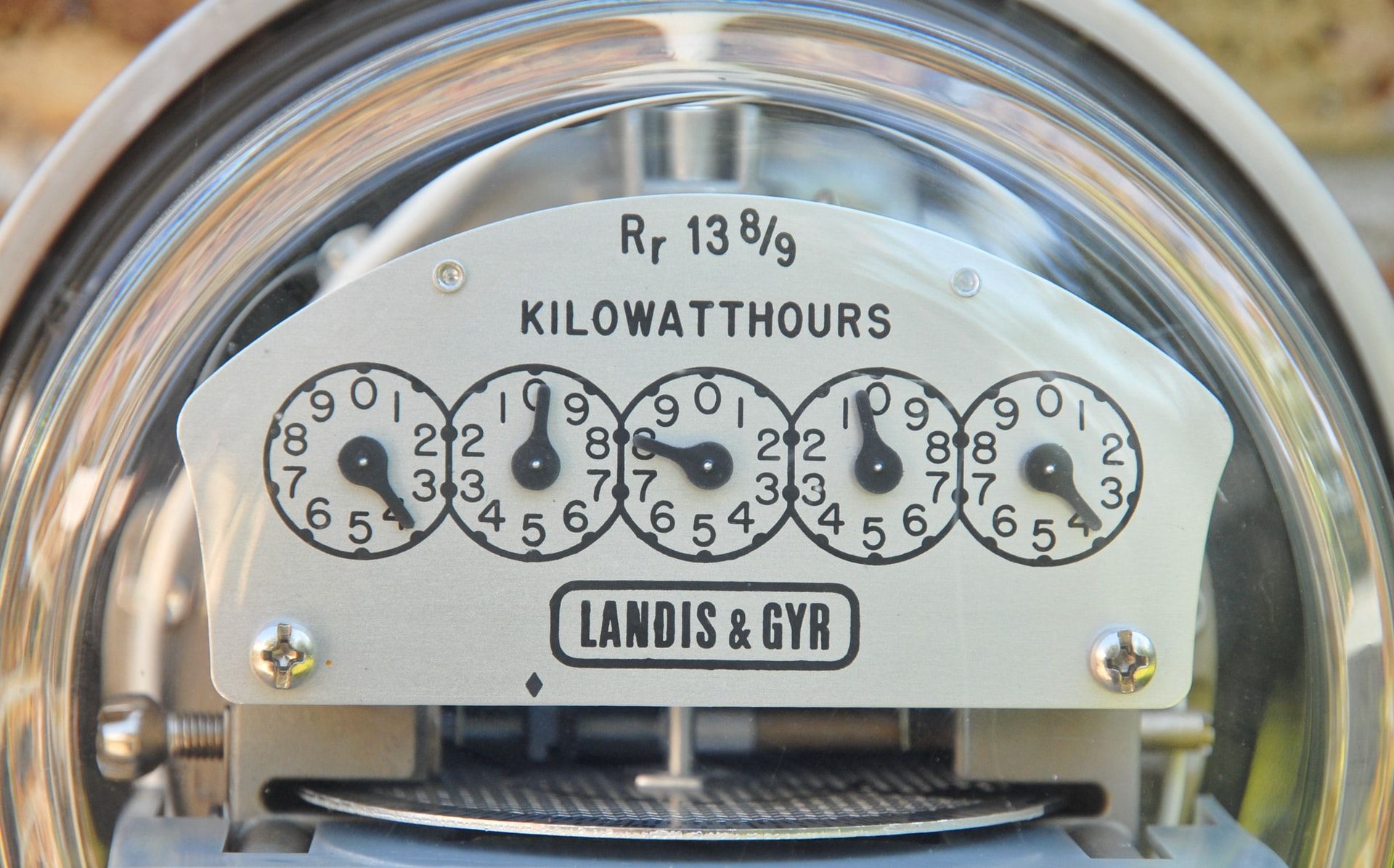The electrical grid that supplies energy throughout the country consists of transmission lines, power generators, transformers, consumers, and several other components.
The US electrical grid is a marvel of technology and engineering, consisting of more than 9,200 power generating units. The transmission lines alone spread over more than 600,000 miles, sprawling over all kinds of terrain.
But, the conventional electrical grid is getting old. It's inefficient, and there is a significant burden that affects its performance. Instead, there is increased focus on a "smart grid" now.
What Is a Smart Grid?
The concept of a smart grid simply refers to a modern, smarter electrical grid. Essentially, a smart grid leverages the power of digital transformation to improve electricity management, often with the help of Internet of Things (IoT) technologies and the use of big data.
The current electrical grid in the US was created in 1890 and has undergone significant changes. While monitoring technologies are still in use, they are unreliable and archaic.
Smart grids allow two-way electricity flow and offer greater accuracy over the data. It often involves the use of smarter technologies, including connected meters and smart appliances, and supports renewable energy transfer both ways.
Why Is a Smart Grid Important?
The evolution of the internet has brought about significant changes in every other industry. The energy sector is also undergoing this transformation, and the move to a smart grid would result in better energy transmission, technological enhancements, more accurate tracking and reporting, and customer awareness. There are many benefits of switching to a smart grid.
Improved Electrical Transmission Efficiency
Smart grids are capable of regulating electrical transmissions as they rely on intelligent technologies to mitigate electrical losses during distribution. This improves the efficiency of electrical transmission, benefiting all stakeholders as a result.
Faster Electrical Restoration After Outages
In case of a power outage, it becomes much easier to detect exactly what area is down using smart technologies. This allows companies to dispatch teams and restore power much faster as compared to conventional methods, which are unreliable and relatively slow.
Automatic Load Balancing
A major benefit of a smart electrical grid is automatic load balancing, which in turn reduces the risks of equipment failures. As electrical load tends to vary depending upon external circumstances, companies have to make manual adjustments.
But, a smart grid will use technologies (often relying on Genetic Algorithms) to review consumption patterns to manage loads. This reduces stress on electrical equipment, especially during peak times.
Reduced Electrical Theft
Electricity theft is a serious problem. According to Pepco, it's the third-largest form of theft in the country. In many cases, electricity is stolen through meter tampering.
Consumers either slow down their meter or completely bring it to a halt while continuing to consume electricity. In other cases, it can be siphoned off via the power lines.
A smart grid can prevent this from happening since meters are remotely monitored. Any attempts to tamper with it will result in an alert. And, if there are deviations in power consumption, companies will be immediately notified, prompting swift action.
Encourages the Use of Renewable Energy
Smart grids allow consumers to feed energy back into the grid, and regulate and track it. If a consumer uses different ways of generating electricity, and they are producing excess amounts, they can feed it back into the grid and generate a profit.
This reduces reliance on oil, which brings with it a slew of additional benefits such as reduced emissions, a positive impact on the environment, and also combats climate change.
Reduced Maintenance Expenditure
Currently, companies spend a significant amount of money each year to repair and maintain aging infrastructure. Moving to a smart grid can help reduce maintenance expenditure since all reporting and tracking is done automatically.
Companies can pass off this benefit to consumers, which ultimately results in lower electricity costs for users. Companies can then invest these savings into research and development.
Smart Grid vs. Conventional Electricity Grids
Currently, conventional electrical grids have minimal storage capabilities. They usually follow a demand-centric model, where companies reduce network voltage to allow usage by different consumers.
When you factor in different variables, such as weather changes, wildlife damage, sabotage by humans, or natural disasters, it becomes easy to see that electrical grids are difficult to maintain.
A smart grid, on the other hand, has self-healing capabilities. This simply means that the grid detects outage areas, and automatically re-routes electricity (if possible) while alerting repair teams.
Since it allows two-way electricity flow, stakeholders can review the data that is fed into the grid and forecast changes in demand, plan for inclement weather and prepare contingency plans for prolonged outages.
The aim is to create a grid that contains minimal outages and prevents them from turning into large-scale blackouts. New technologies will allow for faster response by emergency services, and by relying on distributed power generation, could result in the formation of a "microgrid," where a community can power its essential services by itself in case of an emergency.
Smart Grids Focus on Decentralization
A smart grid doesn't just rely on smarter meters or more efficient power lines. It also focuses primarily on decentralization, which allows energy to be produced and stored closer to the consumer.
"Closer" doesn't always translate to direct physical distance. Instead, a smart grid will allow energy consumers to sell as well. Thus, in case of a serious outage, you could effectively buy electricity from a neighbor if they have a solar power system, for instance.
Challenges in Deploying a Smart Grid
The idea of a smart grid is promising, but it's not without its challenges. The biggest challenge is from consumers, who often resist the installation of something as basic as a smart meter.
As a result, governments or power companies are often forced to offer financial rewards or impose fines on customers who do not comply. There's also another bigger challenge to overcome: cybersecurity.
If you've seen Die Hard 4, you probably know this scenario. There is always a risk that hackers can breach into a connected power grid, and divert resources, or worse, hijack parts of the grid. That said, our existing infrastructure is also vulnerable to these issues.
The Smart Grid Is a Decade-Long Plan
The smart grid cannot be deployed all at once. It is going to require extensive testing, especially since it consists of millions of components that must work in harmony with each other. From allowing people to calculate their electricity costs to helping balance electrical loads, each and every part must integrate into the grid.
It's going to take more than a decade for all of it to come together, But, once the smart grid reaches maturity, its benefits will echo well into the generations to come.




